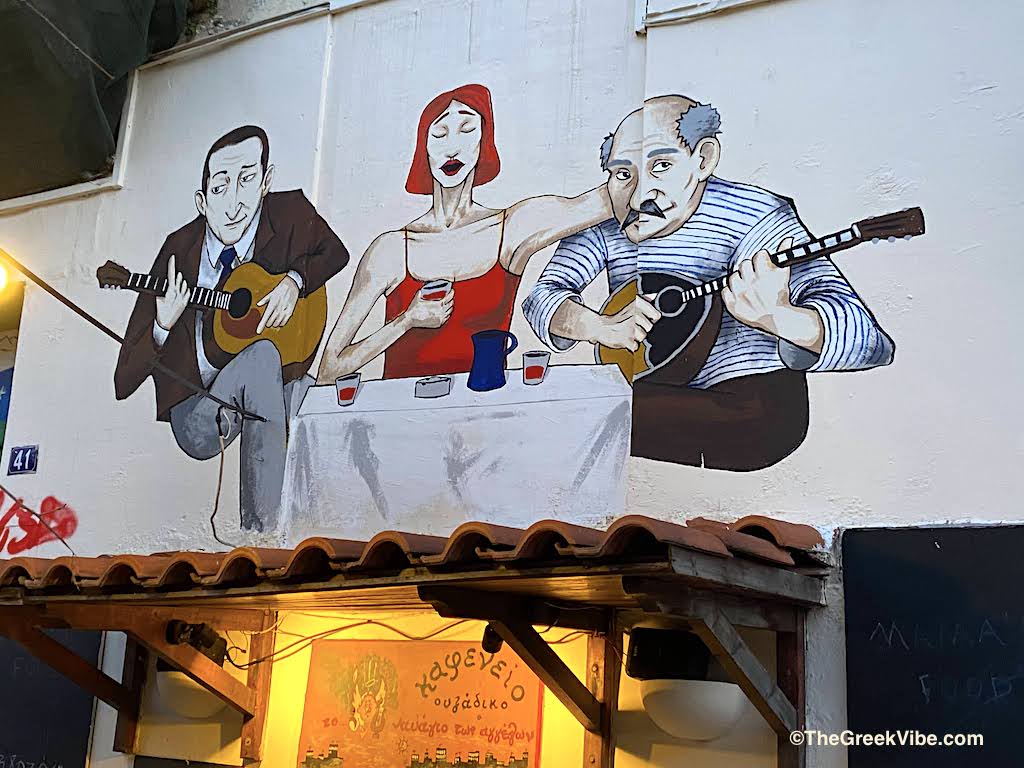
If there’s one experience travelers to Greece should not miss, then that definitely is getting to hear the Greek blues, the rebetiko, live.
The rebetiko is perhaps one of Greece’s most important music genres in that it is the root source of the country’s contemporary popular “Laiko” music.
►All about Greek Music 101
Similar to the American blues and Portuguese fados, the Greek blues or rebetiko is a broad genre incorporating a number of sub-styles and influences and is overall a cultural product of Greece’s turbulent history as well as its geographical location, at the crossroads of East and West.
Despite being banned for quite some time, the rebetiko went from a music genre to something greater: it became a way of life.
Associated in the past with the outcasts and laymen of Greek society, the rebetiko become a major part of upper class entertainment and later an important part of Greek music culture: for all these reasons it was included on UNESCO’s 2017 list of Intangible Cultural Heritage of Humanity as an expression of cultural and historical significance that must be safeguarded for the collective interests of humanity.
According to UNESCO, the “rebetiko is a musical and cultural expression directly linked to song and dance… open to all”.
👉🏼 Find the best hotel deals for you
Immersive Travel through Music
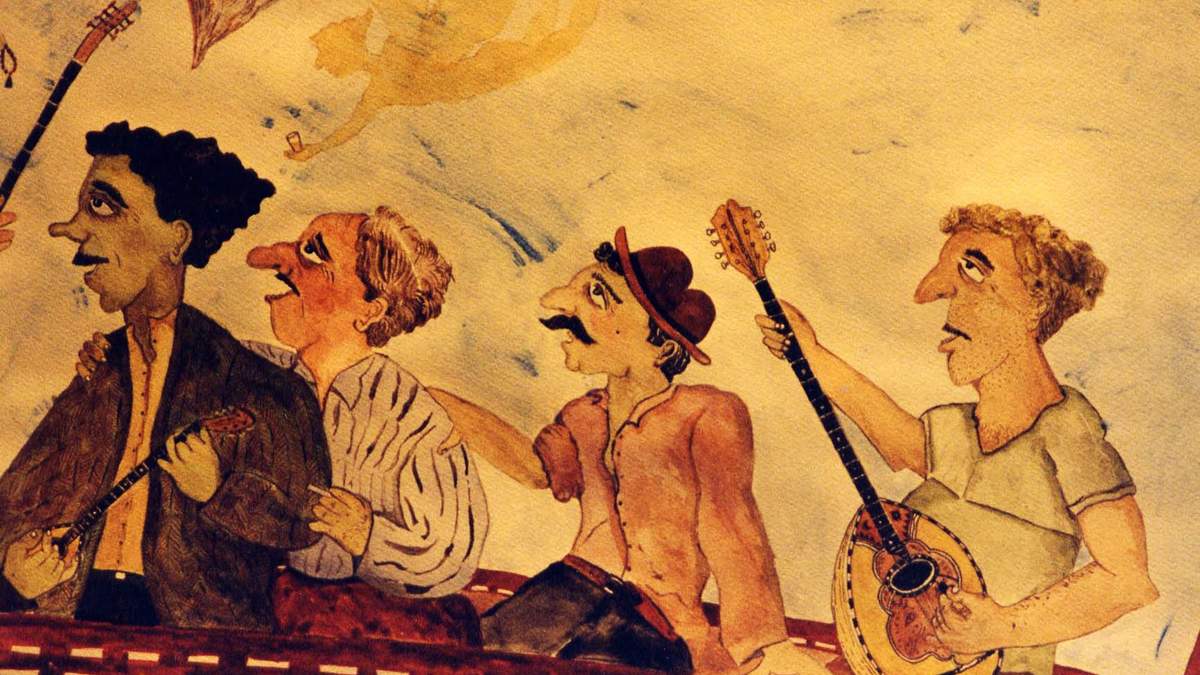
It goes without saying that music is a very important part of the travel experience. It offers insight into the locals’ soul and it always brings people closer. Plus there is no need for words (or translators, may I add) when there is good music.
That said, to really experience a culture and its people – whether you’re a die-hard music lover or a zealous traveler – immerse yourself in the local music.
Earlier this month, New York University (NYU) announced that it would be offering a new course in spring covering the history of the rebetiko and its connection with the blues. The course titled “Songs of the Underdog: American Blues Meets Greek Rebetiko” highlights the importance of the genre that traveled to the US in the late ’50s by the Greek immirgrants influencing American musicians like surf rocker Dick Dale, who transformed the Greek 1927 rebetiko “Misirlou” into one of the world’s favorites and most revised songs in popular music history.
What the Rebetiko is NOT
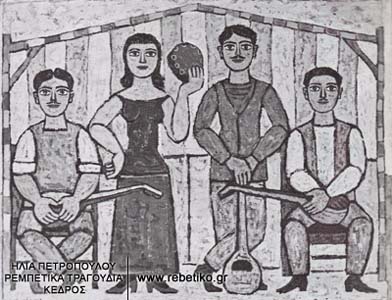
♫ The rebetiko should not be confused with the laiko – seeing a bouzouki in the band does not mean this is the true rebetiko.
♪ The original rebetiko band usually consists of a bouzouki, a baglamas (a tiny bouzouki-like instrument), a guitar, a tzouras (similar to the bouzouki), perhaps an accordion, and of course, a singer, who may play tambourine or “traditional spoons”. I should add that the authentic rebetiko bouzouki consisted of three double strings. The fourth was added later by virtuoso Manolis Hiotis when the genre became more mainstream in order to enable faster changes and musical acrobatics for which he became known.
♫ The original rebetiko is usually performed unplugged – no microphones or enhancements – and there are never drums or percussion instruments with the rare exception of a tabla or toubeleki and spoons (usually when it includes Asia Minor songs also known as the “Smyrneika”).
♪ The original rebetiko is rarely upbeat, let’s not forget that this is a blues genre putting into music life’s hardships and failings.
♫ The lyrics of the rebetika speak about loss, unrequited love, jail life, injustice, drug use, cops, betrayal, and of course, the comforting “penia” or the sound of the bouzouki.
Who Were the Rebetes?
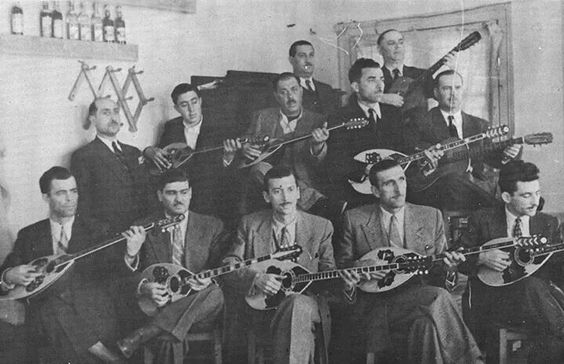
The word “rebetis” is likely to be derived from the word “rebelos” which translates into rebel. In the early years, the genre was banned by the Metaxas regime for being subversive and corrupting.
Let’s not forget, the rebetes also known as “manges” lived on the fringes of society. The genre gained an important ideological role as well because it represented the downtrodden, the outcasts and outsiders, and the non-conformists. A “mangas” was back then known for his code of ethics. Despite the crude exterior, the “manges” were bold, outspoken, wise in a streetsmart sort of way with a soft heart deep down.
Setting the Rebetiko Scene
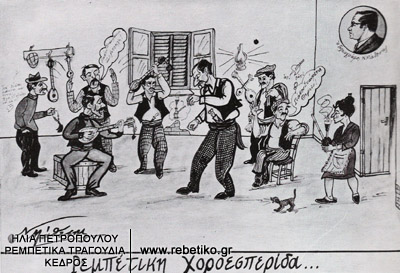
In order for a traveler to get a real feel of the Greek blues, it is important to understand the meaning of the “dalkas” or “derti” – an inner – usually love-related – ache (“kaimos”) caused by loss or most often due to unrequited love. On this premise, the “sufferer” seeks “comfort” in music and wine, and in conditions of despair, in dance.
Picture the rebetiko being played in the underground tavernas, behind closed doors, in the hash dens, prisons, and ports of Piraeus, Patra and Salonika. You can overhear the weeping bouzouki, the twang of the baglamadaki, and the steel-string guitar.
There in the smoke-filled, low-lit hangout, among other wounded souls, the rebetis with his bouzouki would put his pain to verse.
The Unwritten Rules of the Rebetiko
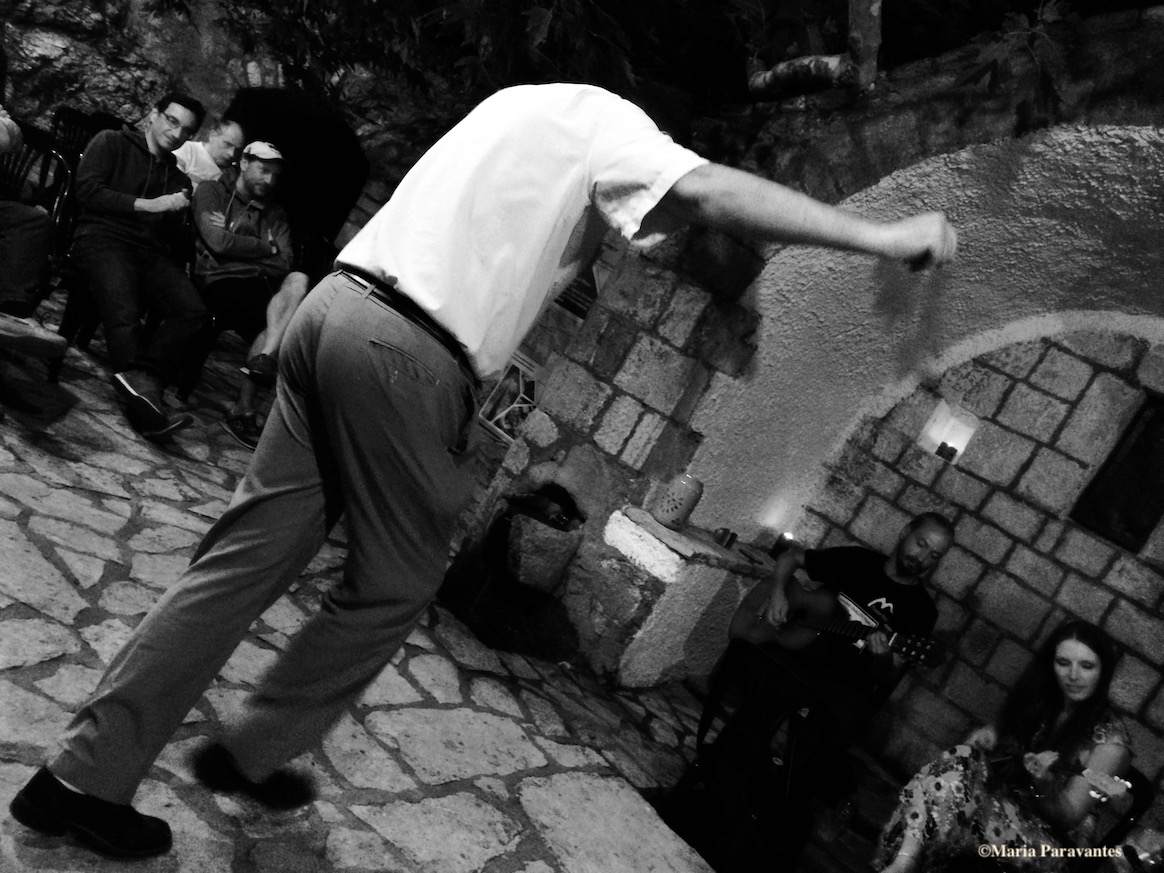
Evolving into much more than just a musical style, the rebetiko was a way of life with its own dress and moral codes. The rebetes were non-conformists. They lived on the fringes of society, did things their way, and sang about them. There were unspoken rules and lyrics with hidden messages. When a song was requested (“paraggelia”) of the band, there could be only one dancer on the stage. On many an occasion, brawls would lead to stabbings or even death if the rule was violated. The notorious case of Nikos Koemtzis is one such example. He stabbed three men to death and served 23 years in prison after his brother got up to dance a song by Vamvakiaris at the historic Neraida nightclub in Athens in 1973.
👉🏼 Dream of visiting Greece? Start planning
Where to Find the Genuine Greek Blues: An Athens Guide
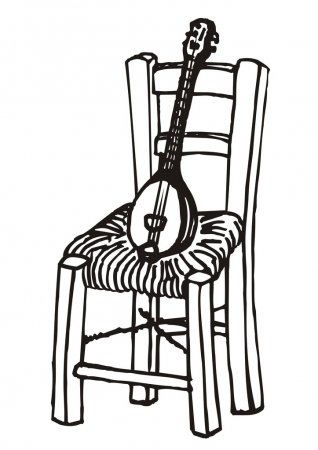
- Navagio ton Aggelon which means the “Shipwreck of Angels”, is a basement haunt in the central Athens neighborhood of Exarcheia. This underground venue has retained the feel and atmosphere of the rebetiko featuring groups of students or rebetiko lovers.
- Steki Pinoklis in the popular Keramikos neighborhood attracts all ages and includes Asia Minor songs as well as good food.
- I Gi which means earth, is located near the Larissa train station and is what Greeks call a “tsipouradiko” – which means it serves tsipouro – a anise-based brandy-like spirit that is always accompanied by small sidedishes known as “meze”.
- To Koutouki tou Marathoniti is another underground taverna complete with wood wine barrels and fine meats. Attract all sorts and is a back-to-basics experience.
- Lastly, I recommend Klimataria in central Athens, on Theatrou Square. Though this venue, operating since 1927, is quite large, it usually hosts talented groups and musicians performing the genuine rebetiko with an innovative twist. I will add that the food is to die for.
►10 Great Things to Do in Athens
Markos: A festival, a film, and a story
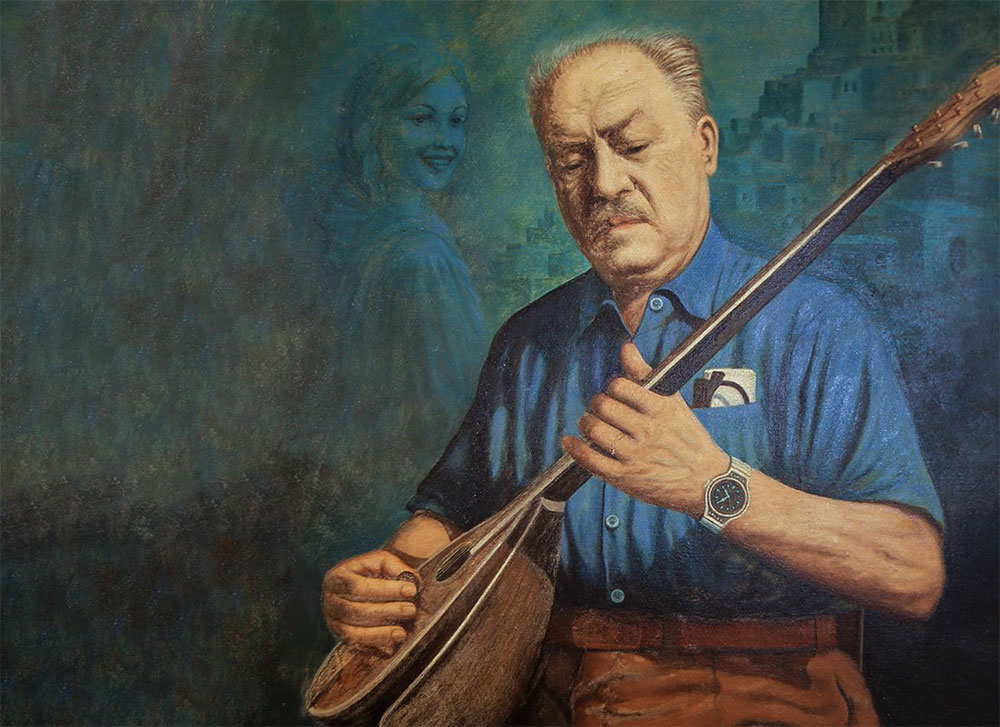
Every summer the island of Syros, the birthplace of Markos Vamvakaris, hosts a Greek blues rebetiko festival in his honor featuring lectures, workshops, seminars, and concerts.
Meanwhile, Italian filmmaker and rebetiko enthusiast Thomas Kunstler offers a wonderful and imaginative glimpse into the rebetiko subculture in this touching short video. He is preparing a stop-motion animation film about the life of Markos to be titled Markos – The Film.
Rebetiko Artists: Who to Listen to
Stelios Vamvakaris – Markos son – together with Louisina Red
Dimitris Gogos aka Bayianteras
An absolute must and collector’s item: The Rebetiko – soundtrack by Stavros Xarchakos and Nikos Gatsos for the film
►The Rebetiko: Greece’s ‘Blues’ Recognised by UNESCO
♫ I end today’s post with an “aptaliko” recorded by the great Markos (Vamvakaris) in 1935. The song titled “Hthes to Vrady sto Skotadi” (Last Night in the Dark) tells the tale of two ‘dark men’ (or cops) who tracked a poor lad down seeking some of his stash.
Enjoy!
Enjoyed this Post? Share and Pin it!
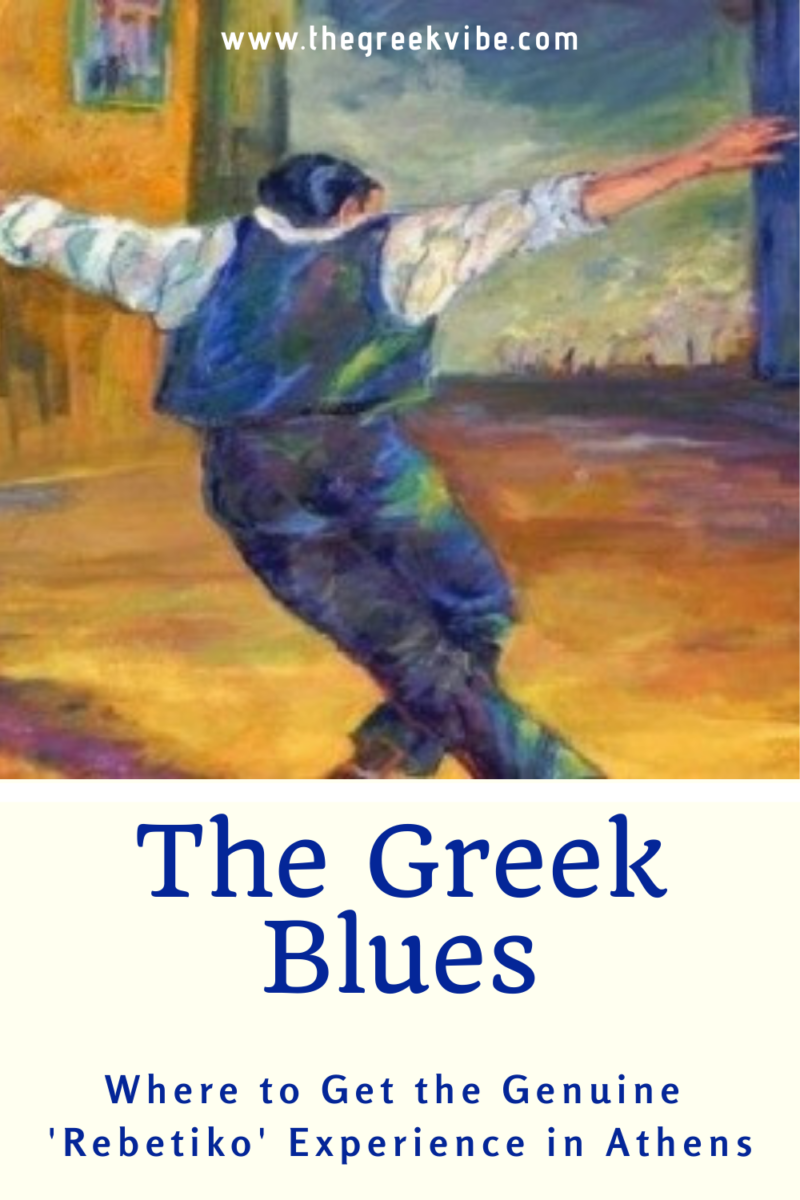


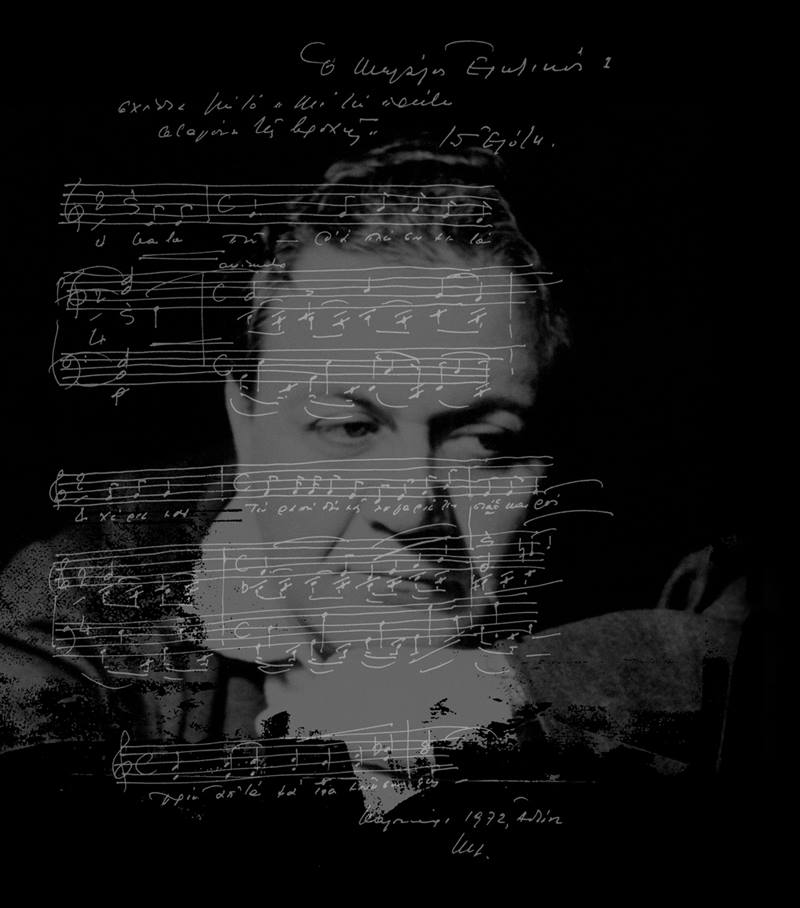
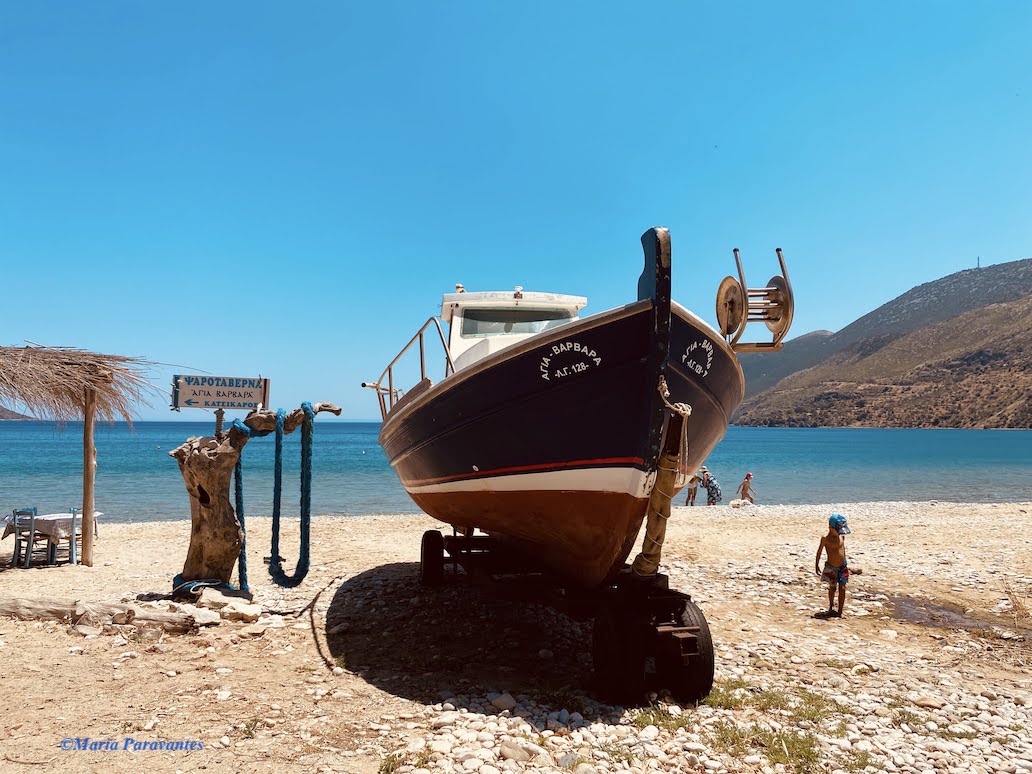
Please do not forget this film – still available – Rembetiko (Ρεμπέτικο) is a 1983 film directed by Costas Ferris and written by Costas Ferris and Sotiria Leonardou, with original music by Stavros Xarchakos A really fabulous film – I have watched it many times, and there is some truly mind wrenching music in it.
Thank you very much! I will definitely add a mention to “Το Rembetiko” which is a documentary masterpiece dedicated to the great singer Marika Ninou.
Awesome article! I love rebetika! Any recommendations for venues in Thessaloniki?
Thank you Mark! I love rebetika too. Very unique music style. With regards to Thessaloniki I could suggest Rosiniol, Hatzi Bachtse, Pire ke Vradiazei and Rebetiko Sergiani, and of course, dozens of student hangouts with live music but the problem is no music venues are open now due to lockdown measures.